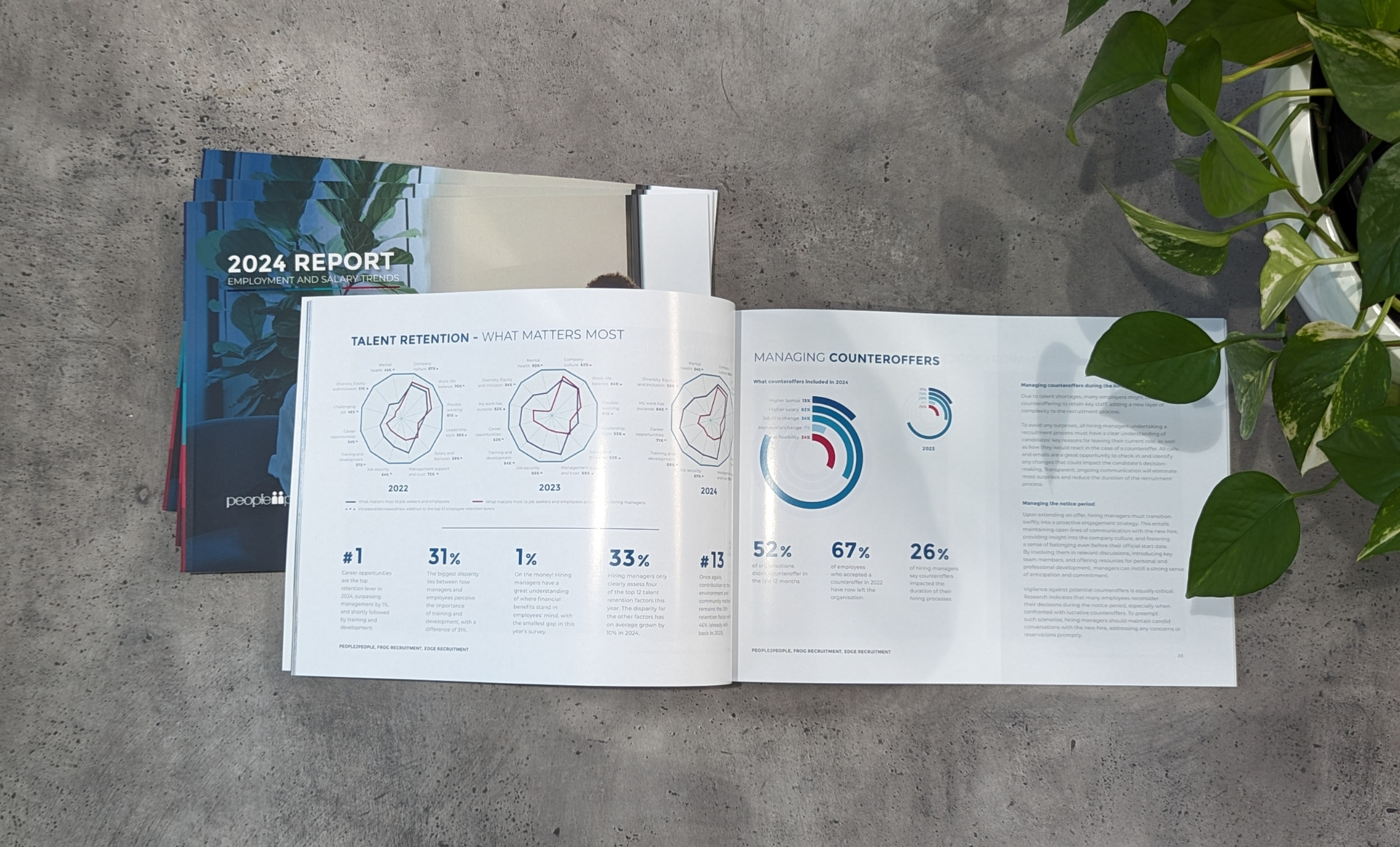The third year of data collected by the Workplace Gender Equality Agency covered 12000 employers and 4 million employees during the period from April 2015 to March 2016. The results were released on 16 November 2016.
Women make up half of Australia’s workforce, but only earn 77% of men’s average full time income. In dollar terms, full time female employees had $26853 less to spend than the average male employee, with this difference increasing to $93884 for the top level of management. Women are also under represented in leadership roles, holding 16.3% of CEO positions and 37.4% of all manager roles. Employers are embracing proactive gender equality policies in greater numbers and for the first time, over 70% of employers reported they have gender equality policies in place.
To summarise the results:
Gender pay gap (full-time total remuneration): 23.1% (down 1.6 pp) Largest industry gender pay gap: Financial and Insurance Services: 33.5% (down 2.6 pp) Key Management Personnel who are women: 28.5% (up 2.4 pp) Employers with policies to support gender equality: 70.7% (up 4.5 pp) Employers who have conducted a gender pay gap analysis: 27.0% (up 3.0 pp) Appointments of women to manager roles: 42.6% (new data point) As I have mentioned previously , gender equality in the workplace makes good business sense. To learn more about workplace gender equality and workplace flexibility, I encourage you to visit the Workplace Gender Equality Agency’s website .
Share this article
Useful links
Search for jobs today
Temp Jobs in United Kingdom
Perm Jobs in United Kingdom
Got a vacancy?
What's happening in the market?
Get your copy of the 2024 United Kingdom Employment and Salary Trends Report
How do I prepare for my job interview?
Get in touch
Find out more by contacting one of our specialisat recruitment consultants across Australia, New Zealand, and the United Kingdom.
Recent insights



UK's 2024 Employment and Salary Trends Report
Salary trends, talent attraction and retention strategies
Copyright © 2024, people2people
people2people partners with
CarbonInvoice to measure and mitigate any carbon emissions associated with the work we do.
Specialisations
Locations
Resources




